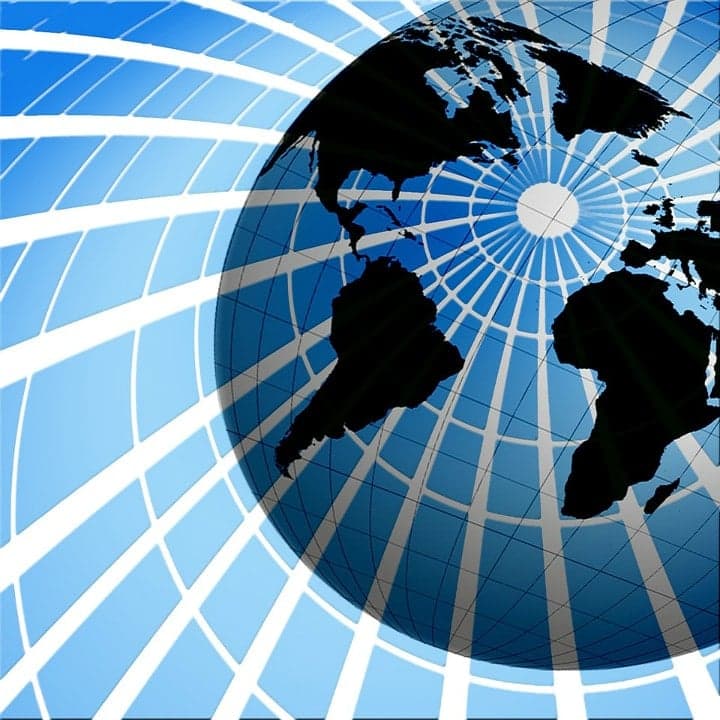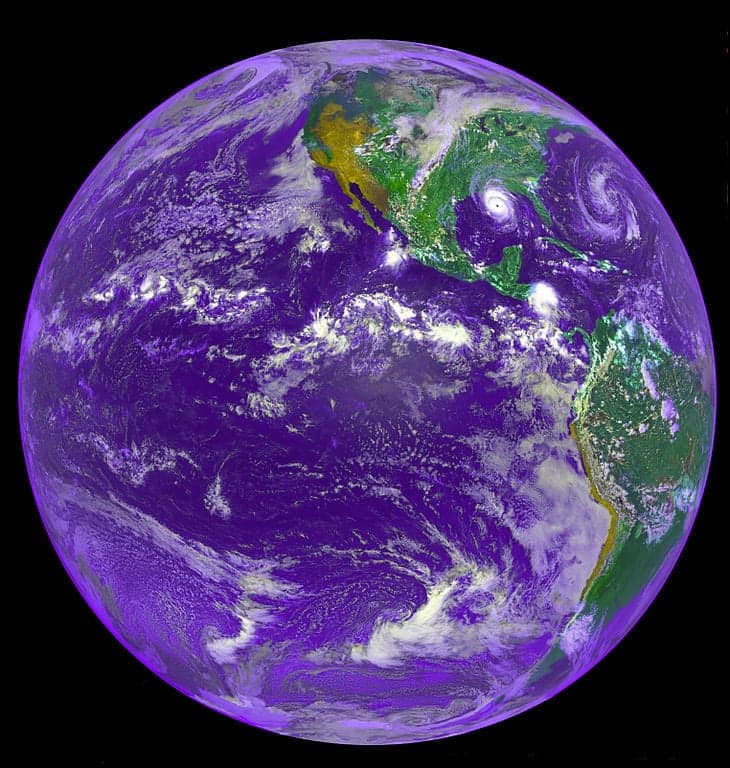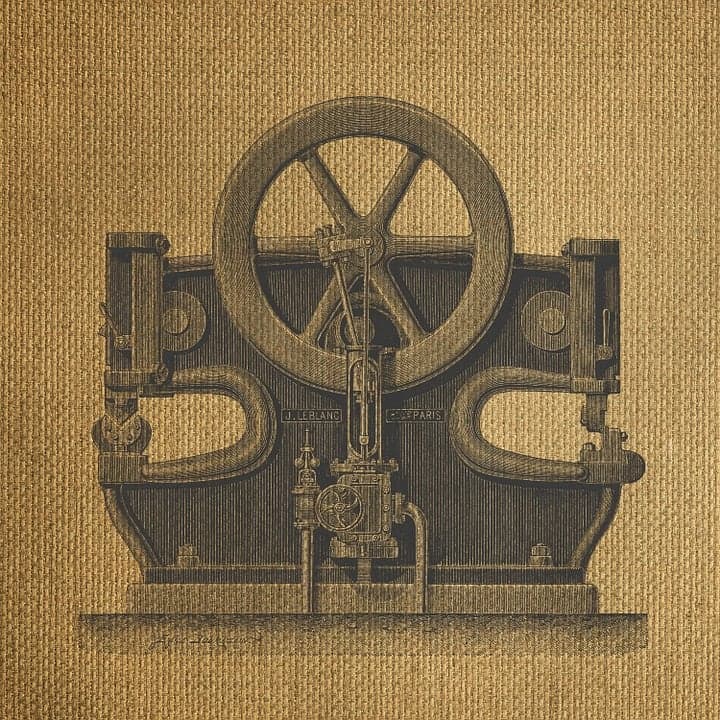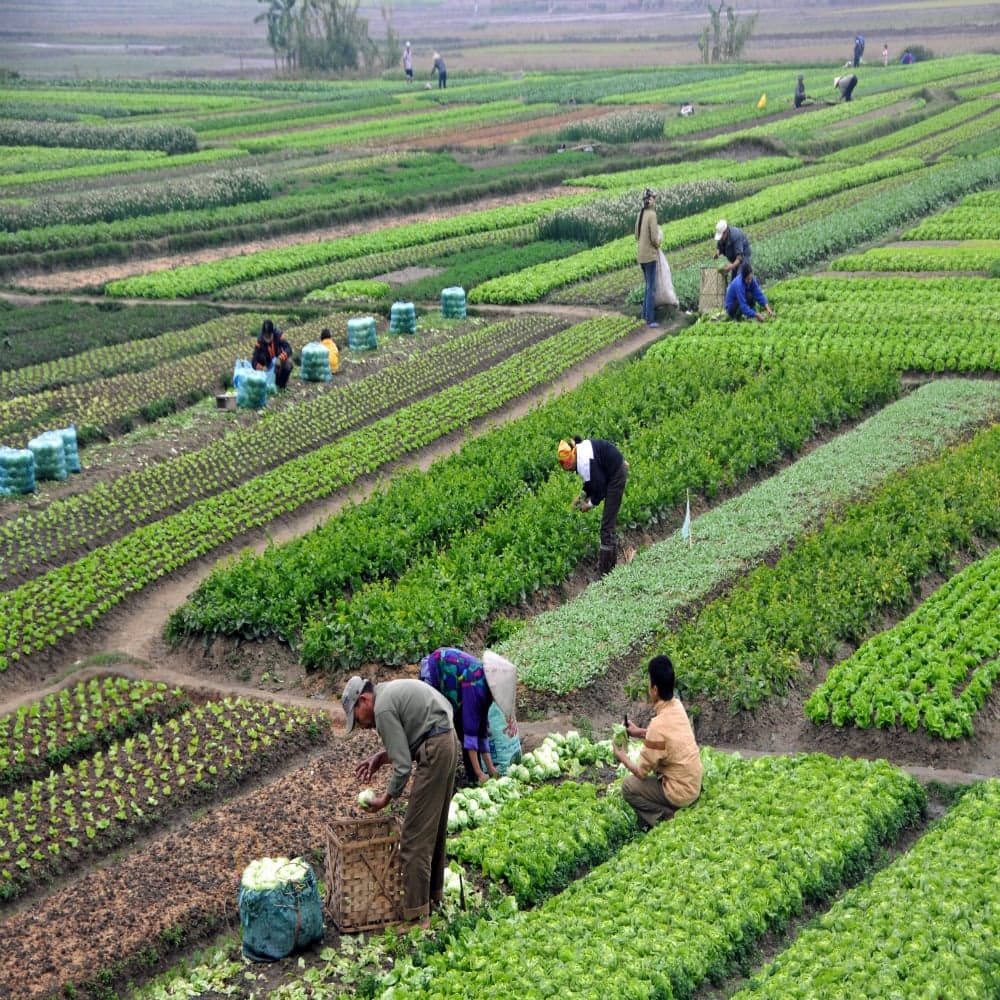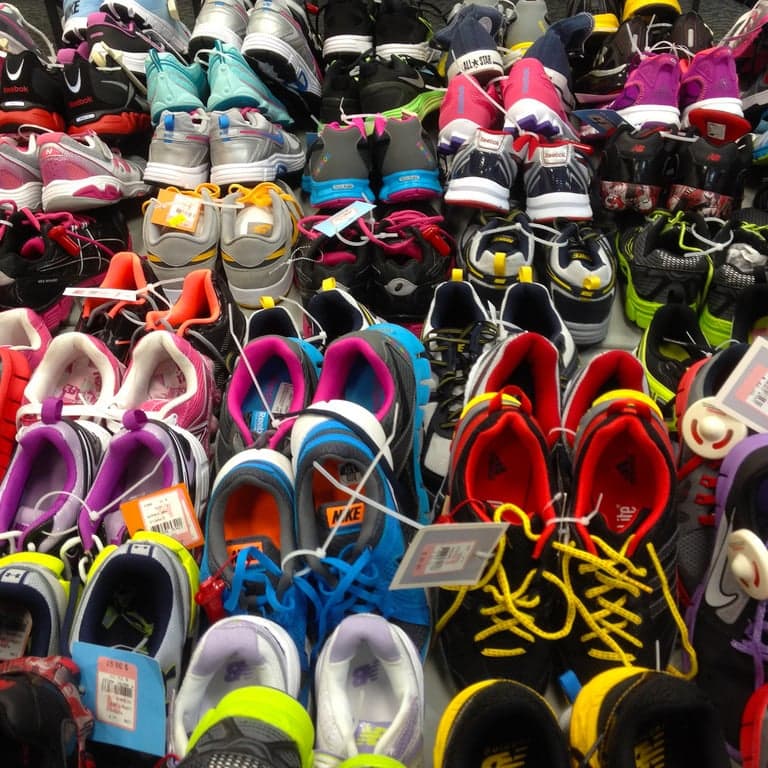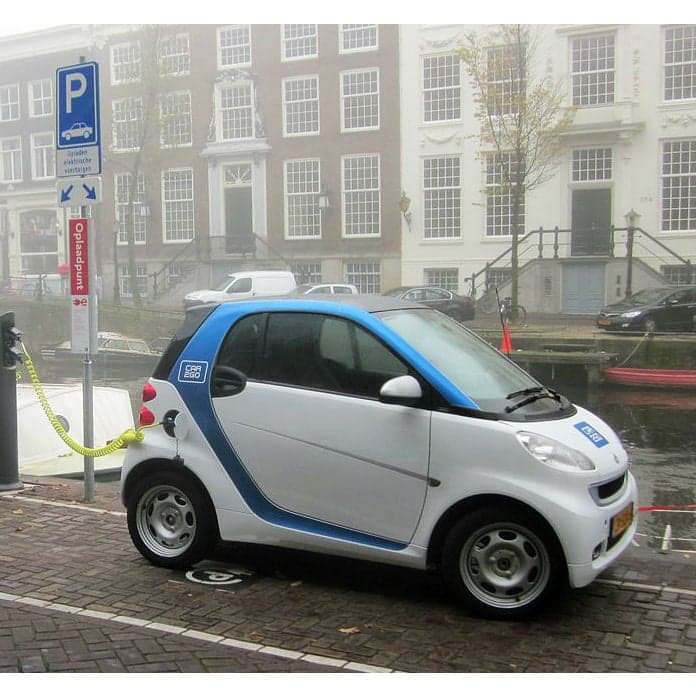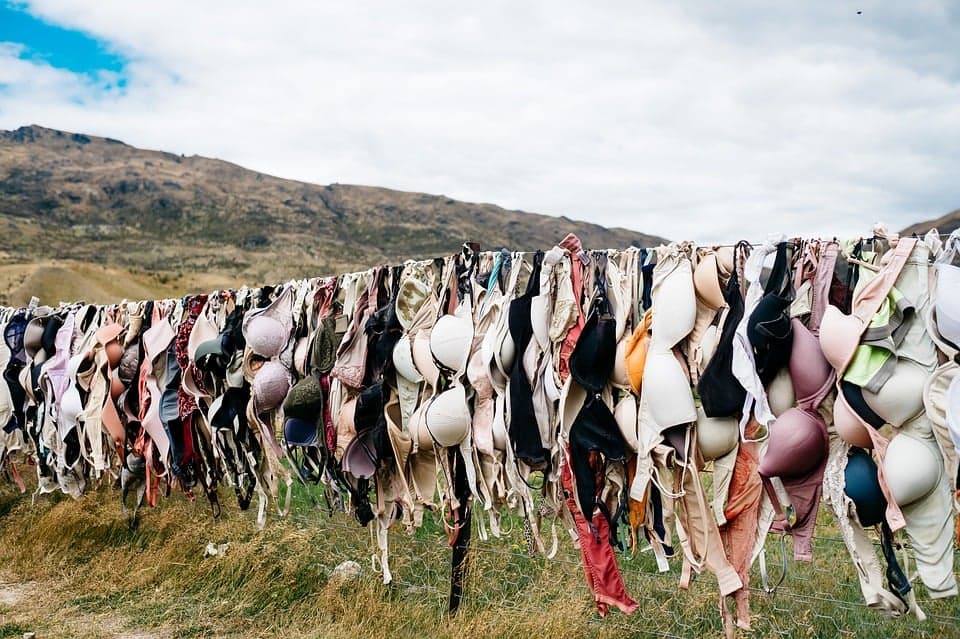This year, the International Air Transport Association anticipates four billion people will engage in global travel. By the year 2036, it is expected to nearly double to 7.8 billion—half of which will solely be from people living in Asia. High rates of international travel indicate economic well-being, and increased globalization will continue to drive demand. Areas experiencing a spike in international travel will benefit from the influx of money from tourism, but not without enduring the consequences of expansion.
globalEDGE Blog Archive October 2017
Publish Date:
The United States is Canada’s number one trading partner, and Canada is America’s second largest. However, to what extent does the amount of trade between these two nations span? The Great Lakes Region is composed of the two Canadian provinces of Ontario and Quebec, and the eight states of Michigan, New York, Ohio, Pennsylvania, Minnesota, Wisconsin, Illinois, and Indiana. The Gross Domestic Product of the Great Lakes Region is $6 trillion, which means that if the region were a country, it would be the third largest economy right behind the United States and China. $278 billion dollars of bilateral trade is generated in the Great Lakes Region each year, and there is a highly integrated supply chain in order to sustain such a massive amount of exports and imports.
Publish Date:
Many still think of biofuels as the fuel of the future. They think of a futuristic technology that still has not really been developed fully. Biofuels have actually been around much longer than most people realize. Henry Ford even planned to have his Model T run on ethanol way back in the early 1900s. Problems with today’s energy sources often come up because of the harm they can cause to the environment. Biofuels may eventually become a solution to both of these problems. That is why people still think of biofuels as a fuel of the future; they have not yet been implemented in society in an effective way.
Publish Date:
Globalization created a platform for the world’s people, firms, and governments to become more integrated. It enhances the networks between countries and creates more opportunities. When globalization first began, the anticipated economic theory suggested that regional inequalities would diminish as poorer countries would attract investment more than the rich countries. However, we see inequalities between many countries and within many countries.
Publish Date:
This blog analyzes A.T. Kearney’s Global Trends 2016-2021 report, which focuses on Political, Technological, and Demographic Revolutions. Today, I will specifically go into the 2nd trend in the report, which talks about Latin America’s position to be a major economic player in the future.
There is a bright spot in a region historically filled with political and economic trauma. Neoliberal political parties with pro-business strategy have been winning elections across the region, creating hope for a future filled with economic prosperity. The region has deepened its ties with the rest of the world and is in the midst of reshaping its future identity.
Publish Date:
This blog analyzes A.T. Kearney’s Global Trends 2016-2021 report, which focuses on Political, Technological, and Demographic Revolutions. Today, I will specifically go into the 3rd trend in the report, which talks about how the Global Labor Market is approaching a tipping point. The growing labor market in the last couple of decades has been one of the primary drivers of global economic growth. According to data from the UN Population Division, the share of the working-age population globally has risen steadily from 61% in 1975 to 71% in 2015. However, the global workforce is now expected to level off around 70-72% through the end of the century. This tipping point will have significant implications on economies and businesses all around the world.
Publish Date:
In 2015, Netflix streamed 42.5 billion hours of programming an incredible rise from the "mere" 29 billion hours in 2014 with the numbers predicted to continue growing. This averages out to about 568 hours a person in 2015 or watching the 288 episode series of Criminal Minds two and a half times through. Currently, Netflix, Hulu, and Amazon are the three companies who hold the most stock in streaming however by 2019 Apple and Disney are predicted to get into the running as well. Since streaming has become a daily occurrence for many people, multiple companies are investing more money into the service. Recently, many of the streaming platforms have begun to produce their own shows in hopes of raising their income. Netflix predicts they will spend about $8 billion on filming and producing original content in 2018 and Apple estimating about $1 billion to be spent on their own shows. Additionally, there are fewer restrictions on the content they can display which is a large draw for many since the censorship guidelines, for live television, have been ridiculed as being “too strict” in the past.
Publish Date:
This is part five of a five-part blog series on the evolution of the textile industry over time.
Traditionally, manufacturing and resource processing has been done in a factory setting with labor needs relying on human capital. Labor trends tend to coincide with factors like wages, working conditions, and more recently, technology. So far, this series has looked at the evolution of the industry in an international context, starting with its role in the formation of the first international commercial highway. Textile production continued as an international industry into the 18th century. The Industrial revolution brought technological advances like the spinning jenny and cotton gin, marking the first instances of machines making their way into production. Next, we looked at labor conditions throughout the industry—specifically the working conditions in developed and developing countries. As we look toward the future of labor, advancements in the textile industry will continue to have international ramifications.
Publish Date:
This is part four of a five-part blog series on the evolution of the textile industry over time.
The textile industry is one of the largest economic markets in the world, generating $450 billion and employing over 25 million people across the globe. It’s estimated that over 120 billion pounds of textiles are made each year, a number that is ever-increasing because of constant high consumer demand. Specifically, cotton consumption rates feature all-time highs, with an annual demand of over 120 million tons.
Publish Date:
This is part three of a five-part blog series on the evolution of the textile industry over time.
The Industrial Revolution started in England in the 1700’s. At this time, England was a colonial power, and used its colonies in the Americas and Asia to provide resources such as silk, tobacco, sugar, gold, and cotton, and provided its colonies with finished products such as textiles and metalware. As the population in Britain and its colonies increased, Britain had to find new ways to keep up with the demand for its products. The value for trade motivated Britain to produce more ships and goods, and Britain’s ports, population, and supply of water and coal made it the perfect place to industrialize. At this time, Britain largely controlled international trade, and most global trade was conducted within Europe, but by the late 1790s 57 percent of British exports went to North America and the West Indies, and 32 percent of British imports were provided by these regions.
Publish Date:
This is part two of a five-part blog series on the evolution of the textile industry over time.
The textile industry has been shaping international business and cultural trends for thousands of years. In fact, ancient Chinese silk was one of the catalysts for the formation of the world’s first international commercial highway. The Silk Road, or Silk Route, was an ancient network of trade routes spanning from China through India and Central Asia. Ultimately, these routes connected two of the greatest and powerful ancient empires, the Chinese and the Romans.
Publish Date:
This is part one of a five-part blog series on the evolution of the textile industry over time.
The textile and apparel industry is one of the most popular in the world. Like most other industries the textile industry has evolved over time. The evolution of the textile industry is one of the most interesting industries to examine. One can trace the origins of the textile industry back to prehistoric times. It is estimated by anthropologists that humans began wearing clothes somewhere between 500,000 and 100,000 years ago. Since this time the textile industry has been evolving. The earliest trade hubs of textiles can be found in ancient China, Turkey, and India. All of these regions can be found along the Silk Road; for more information on textile trade along the Silk Road be sure to read tomorrow’s blog.
Publish Date:
When it comes to market growth, countries around the world have different perspectives on what constitutes a strong performance of the economy. On Wednesday, October 11 the International Monetary Fund (IMF) announced its prediction that India’s growth rate will decrease to 6.7 percent for 2017, compared to a prediction earlier this year of 7.2 percent. This large drop is largely due to Prime Minister Narendra Modi’s implementation of the Goods and Service Tax (GST) and the demonetization of the Indian banknote. If India’s growth rate falls, it would be behind China’s predicted growth rate of 6.8 percent for 2017. Modi has faced backlash and criticism about the effects that these policies have had on India’s economy so far, which is an interesting contrast to the opinions of citizens in developed countries on the progress of their markets’ growth.
Publish Date:
Until this day, we deal with controversies on gender pay gap globally. Is the whole matter due to gender discrimination by employers or is it just a fraction of it? Does culture or family traditions play a role? Or does it just come down to the fact that women are expected to raise a family and work less, or even leave their job, at some point? These are all factors that contribute to the gender pay gap problem, however, the way people look at it has created some misconceptions.
Publish Date:
We are in the midst of the 10 year anniversary of the S&P 500’s its pre-recession high. On October 9th, 2007, this index peaked at 1,565. Since then indexed bottomed at 666 on May 6th, 2009 but has recovered. This index is currently trading around 2,550, the highest it has ever been. The United States is in the midst of the second longest economic expansion in its history. Economic prosperity has allowed the housing market to recover and the United States Federal Government has ended its policy of fiscal stimulus by normalizing interest rates. How does this compare to Europe and Asia in the same time period?
Publish Date:
Fair Trade has been around since the 1950s, but what exactly is Fair Trade and how has it changed since its inception? Fair Trade is global movement focused on providing over 1.6 million small-scale producers and workers with fair prices. It is an approach to commerce that eliminates forced labor, child labor, and discrimination while demanding safe working conditions, fair payment, respect for the environment, and transparency. It is an ethical method to trade and works towards alleviating poverty and sustaining development in developing nations.
Publish Date:
Universities play a central part in initiating and facilitating global learning. The Centers for International Business Education and Research (CIBERs) were developed to help provide guidance and tools for competitiveness in an international environment. There are seventeen CIBER schools established across the United States, Michigan State University being one of them.
Publish Date:
The sneaker industry is becoming a new fad in today’s society, and led by sportswear behemoths Nike and Adidas, is transforming the market into one of the world’s most profitable and demanding sectors. Propelled by the resurgence of Adidas footwear in popular models like the “Ultra boost,” “NMD,” and rapper Kanye West’s coveted creation, the “Yeezy,” and the continued success of Nike in models such as the “Air Jordan” and “Air Max,” consumers are lining up to purchase sneakers more than ever. One way producers are ensuring the continued success of their products is by making purposely small amounts of their sneakers in order to create an atmosphere of excitement and exclusiveness that buyers aim to obtain. This then allows the producers to release the same shoe in larger quantities at a later date—a restock—and gain high sales rates, making their profit margins even larger. Transparency Market Research expects the world sneaker market to be worth $220.2 billion by 2020.
Publish Date:
The economics of the music industry have completely changed in recent years as sales of physical copies and online downloads have changed to online viewing websites and streaming subscriptions through companies such as Spotify and Pandora. The music industry is clearly rising, as in the first half of 2017, music industry revenues have reached four billion dollars, compared to the midway point in 2015 with revenue of three billion dollars. Subscriptions to online streaming websites are accounting for an increasing percentage of total music industry proceeds. Returns from subscriptions to companies such as Spotify or Apple Music have increased by sixty-one percent from 2016, and American subscribers to streaming music sites now equal thirty million people.
Publish Date:
Automotive manufacturers across the globe are investing in electric vehicles and its accompanying technology at unprecedented levels. Just this week, Detroit based General Motors announced plans to introduce two more electric vehicles in the United States over the next year 18 months and 20 vehicles globally in the next six years. Not to be outdone, cross-town automotive competitor, Ford Motor Company, disclosed that they had formed a new team, dubbed “Team Edison”, to help direct investments toward new electrified vehicles expected in the coming years. This trend is not unique to the U.S. German auto manufacturer, Volkswagen, recently stated that they plan to invest $83 billion worldwide into rolling out 300 electric vehicle models by 2030. This investment is a marks a major shift in strategy, as VW was firmly committed to diesel fuel technology prior to their 2015 emissions scandal. Toyota, Nissan, and Mercedes-Benz have also announced plans to increase production of electric vehicles, either themselves or through joint ventures with other manufacturers.
Publish Date:
Recently, technology has been hitting many new sectors of everyday life from reading, media and now clothing. The bra industry plays a major factor in the economic impact of clothing and now is attempting to flourish even more with the new technology being implemented into innovative products.
Publish Date:
Catalonia, the northeastern region of Spain, held a referendum for their independence on Sunday, October 1st. Unofficially recorded by the Catalonian government, 90 percent of the 2.3 million citizens who attended the polls voted for the region’s autonomy from Spain. While this result is not an official decision and will take extensive deliberation between the Catalan and Spanish governments for it to be formally enacted, there are many ramifications of how Catalonia’s independence would not only affect Catalonia and Spain’s economies but the entire economy of the European Union as well.






